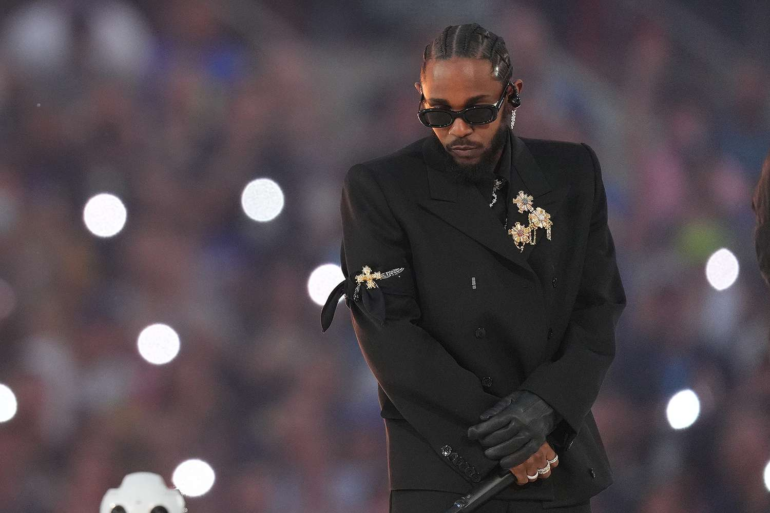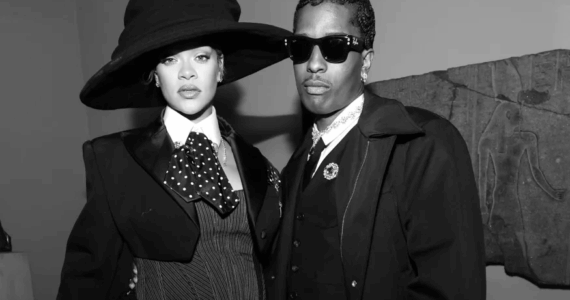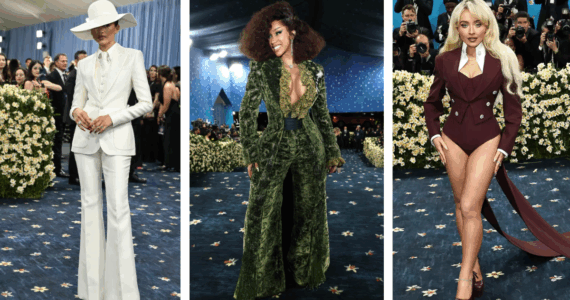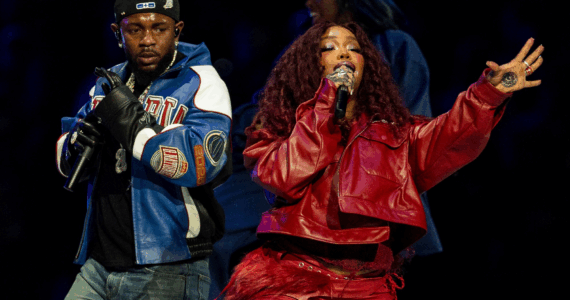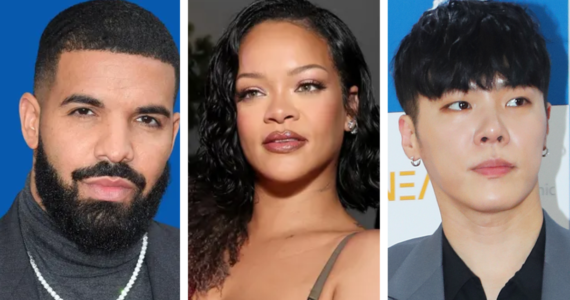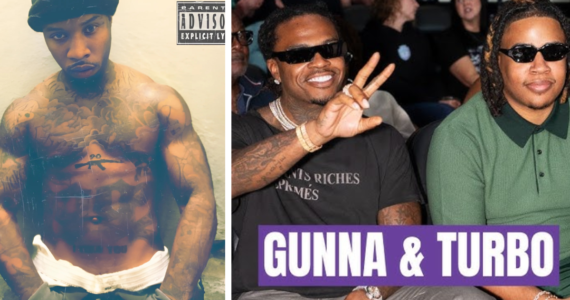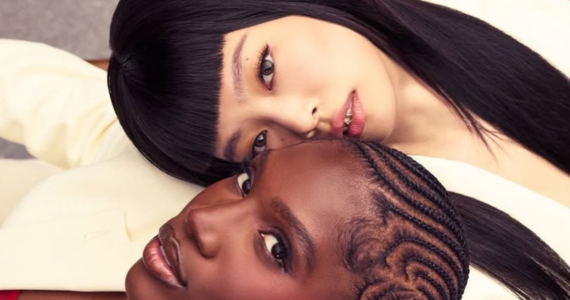Kendrick Lamar’s Super Bowl LIX halftime show on February 9, 2025, at New Orleans’ Caesars Superdome, was more than just a musical spectacle—it was a layered, cinematic experience packed with symbolism, social commentary, and powerful messaging. As the first solo hip-hop artist to headline this prestigious stage, Lamar transformed the event into a thought-provoking performance that dissected America’s contradictions, cultural power dynamics, and racial inequalities.
From Samuel L. Jackson’s portrayal of Uncle Sam to the Squid Game-inspired stage, Lamar’s performance sparked widespread discussion. Here’s a deep dive into the key moments that defined this historic halftime show.
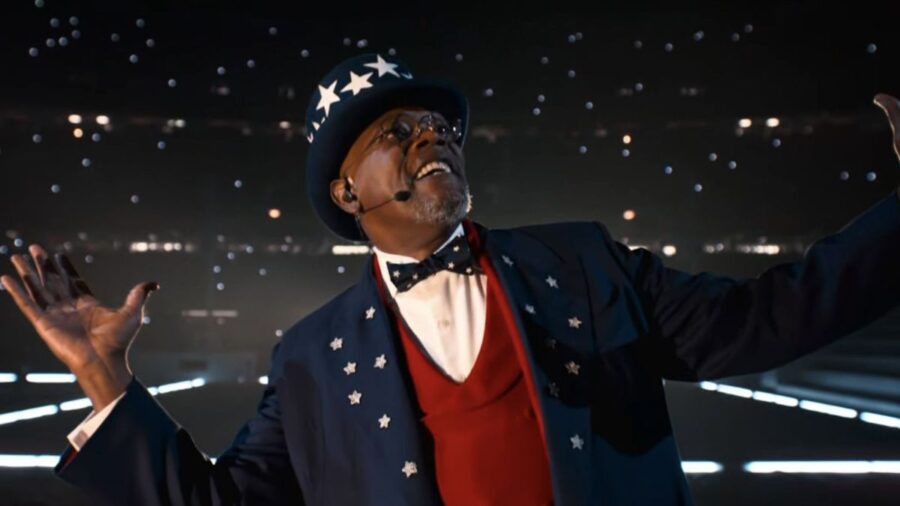
Samuel L. Jackson as “Uncle Sam” – A Callout to Django’s House Slave
The show opened with legendary actor Samuel L. Jackson portraying Uncle Sam, a character historically used to symbolize the U.S. government’s control over Black Americans. However, many fans immediately noticed the parallel between Jackson’s role in Lamar’s performance and his infamous portrayal of Stephen, the house slave in Django Unchained.
This reference set the tone for the performance, framing it as a satirical critique of American power structures and how they manipulate Black identity for economic and cultural gain.
“Play the Game White America Wants” – A Warning to Kendrick?
Jackson’s Uncle Sam persona delivered a striking message: warning Kendrick to “play the game” and not be too “ghetto” for America’s taste. Fans interpreted this as a critique of how Black artists are often pressured to conform to mainstream (white) expectations while suppressing their cultural authenticity.
Of course, Lamar rejected that notion outright, weaving bold statements into every aspect of his performance.
The Squid Game-Inspired Stage: The Rich Killing the Poor
One of the most talked-about aspects of the performance was the stage design, heavily inspired by Squid Game. The dystopian visuals of the hit Netflix series—which centers around the wealthy exploiting the desperate—mirrored Lamar’s commentary on capitalism and racial inequality in America.
Fans pointed out that the Super Bowl itself is a prime example of corporate greed. It has billion-dollar sponsorships and tickets out of reach for most everyday Americans. By choosing this visual theme, Lamar delivered a powerful critique of economic disparity. He also highlighted the exploitation of Black culture for entertainment.
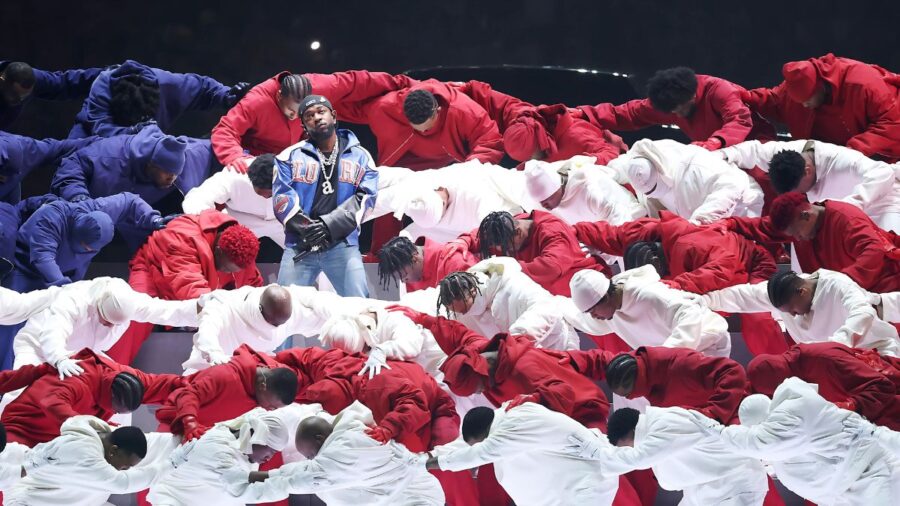
Dancers in Red, White & Blue: A Symbol of America’s Contradictions
Lamar’s backup dancers were dressed in red, white, and blue, a clear representation of the American flag. However, rather than celebrating patriotism, the performance seemed to highlight America’s contradictions—a country that preaches freedom while historically oppressing Black people.
The choreography was synchronized yet militant, reflecting themes of control, power, and resistance. The dancers moved in formation like soldiers. Emphasizing how Black people in America are often expected to “fall in line” and follow predetermined roles.
The Stage as a Prison Yard – Black Voices Trapped in the System
At one point in the performance, the set transformed into a prison yard, where Black performers harmonized while Lamar rapped.
This striking imagery served as a reminder of mass incarceration and the systemic entrapment of Black men in America, a recurring theme in Lamar’s music.
Fans noted the chilling realism of this scene, as Lamar’s voice echoed over the sound of his backup singers—trapped behind bars, symbolizing how Black voices are often confined, controlled, or silenced in America.
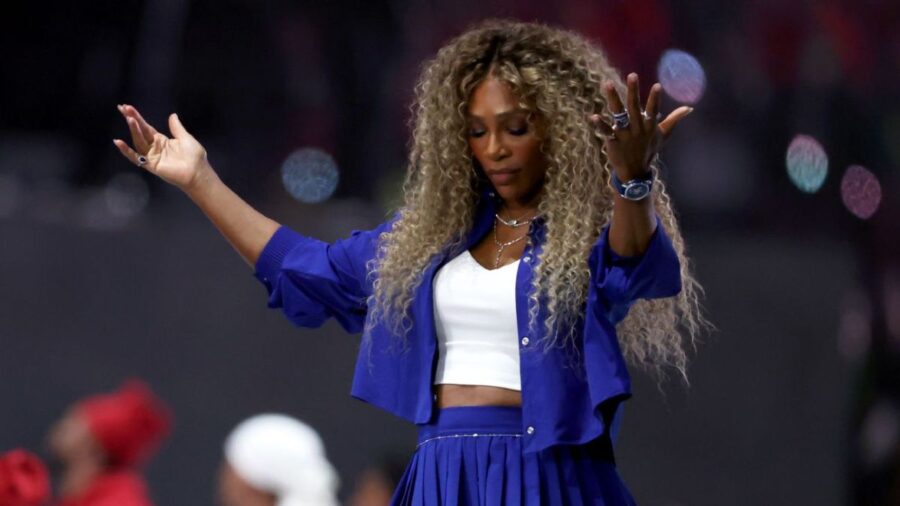
Protecting Black Women: A Tribute to Serena Williams
One of the most powerful moments of the night came when Serena Williams made a surprise appearance, standing tall beside Kendrick as he performed.
Given the recent disrespectful comments from Drake in his feud with Lamar, many saw this moment as a direct message of protection and upliftment for Black women.
Williams—who has faced racism and misogyny throughout her career—stood as a symbol of strength, resilience, and Black excellence. By centering her in this performance, Lamar reminded America—and his adversaries—that Black women are not to be disrespected or discarded.
A Message to Drake and America: “They Not Like Us”
Amid ongoing legal disputes with Drake, particularly concerning the track Not Like Us, Lamar strategically navigated the controversy. He performed the song with modified lyrics, omitting explicit references to Drake, maintaining the performance’s integrity while still sending a clear message.
Even without directly calling him out, the energy of the song was felt throughout the performance. The phrase “They Not Like Us” became a defining statement of the night, aimed not only at Drake but also at America’s institutions that have historically tried to suppress Black culture while profiting from it.
At one point, Lamar directly told America: “You choose them.” Fans speculated that this was a reference to how America often elevates marketable, safe Black figures over those who challenge the system. Many saw it as a final shot at Drake. Suggesting that mainstream America backs him because he plays by the rules—while Lamar represents the truth they fear.
Addressing Controversies & Unexpected Moments
The performance wasn’t without controversy. A protester breached security, waving a Palestinian flag attached to a Sudanese flag before security swiftly removed them. The act was later confirmed to be unauthorized by event organizers. But it added an unexpected layer of political discourse to an already powerful show.
Final Thoughts: A Halftime Show for the History Books
Kendrick Lamar didn’t just perform—he challenged, educated, and made history.
With a Super Bowl halftime show packed with symbolism. He forced millions to confront uncomfortable truths about race, capitalism, and the entertainment industry.
What did you think about Kendrick Lamar’s Super Bowl halftime show? wasn’t just about music. It was about ownership of Black art, power dynamics, and Lamar’s refusal to “play the game” as expected.
In an industry that often dilutes political statements, Kendrick stood his ground. Making sure his voice—and the voices of those he represents—were heard loud and clear.
What Did You Think?
What did you think about Kendrick Lamar’s Super Bowl halftime show? Did Kendrick’s performance live up to your expectations? Did you catch any hidden messages? Drop a comment and let’s discuss! ???
Follow MEFeater on Twitter, Instagram, Facebook, and Pinterest for more news and updates.


